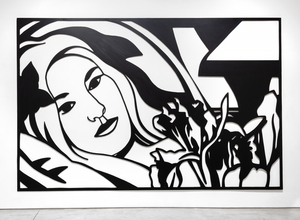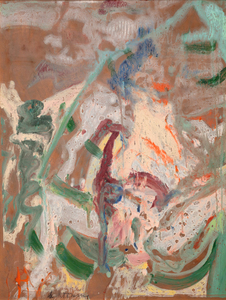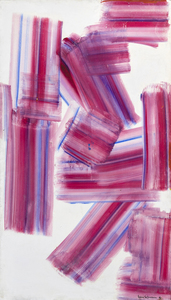TOM WESSELMANN (1931-2004)
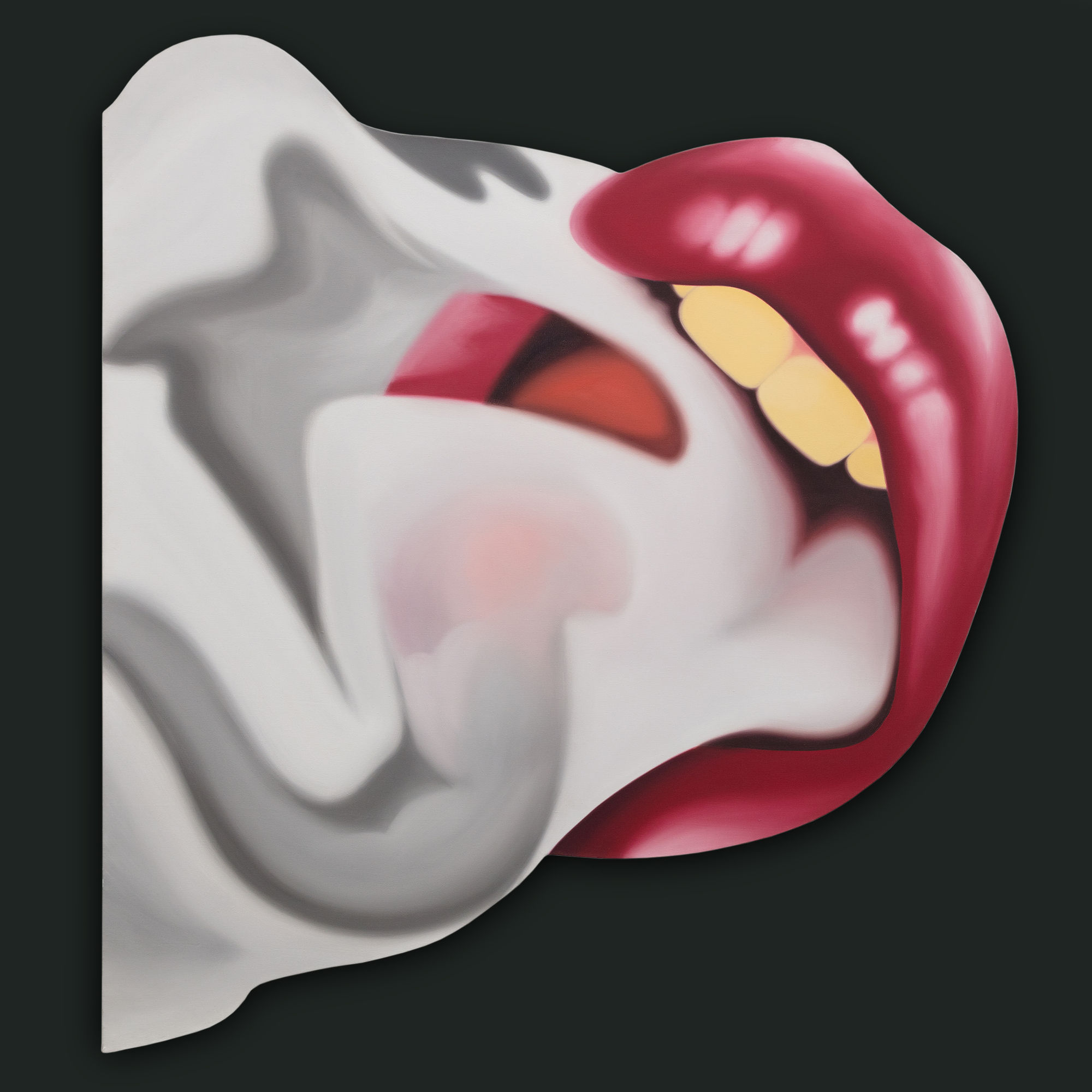
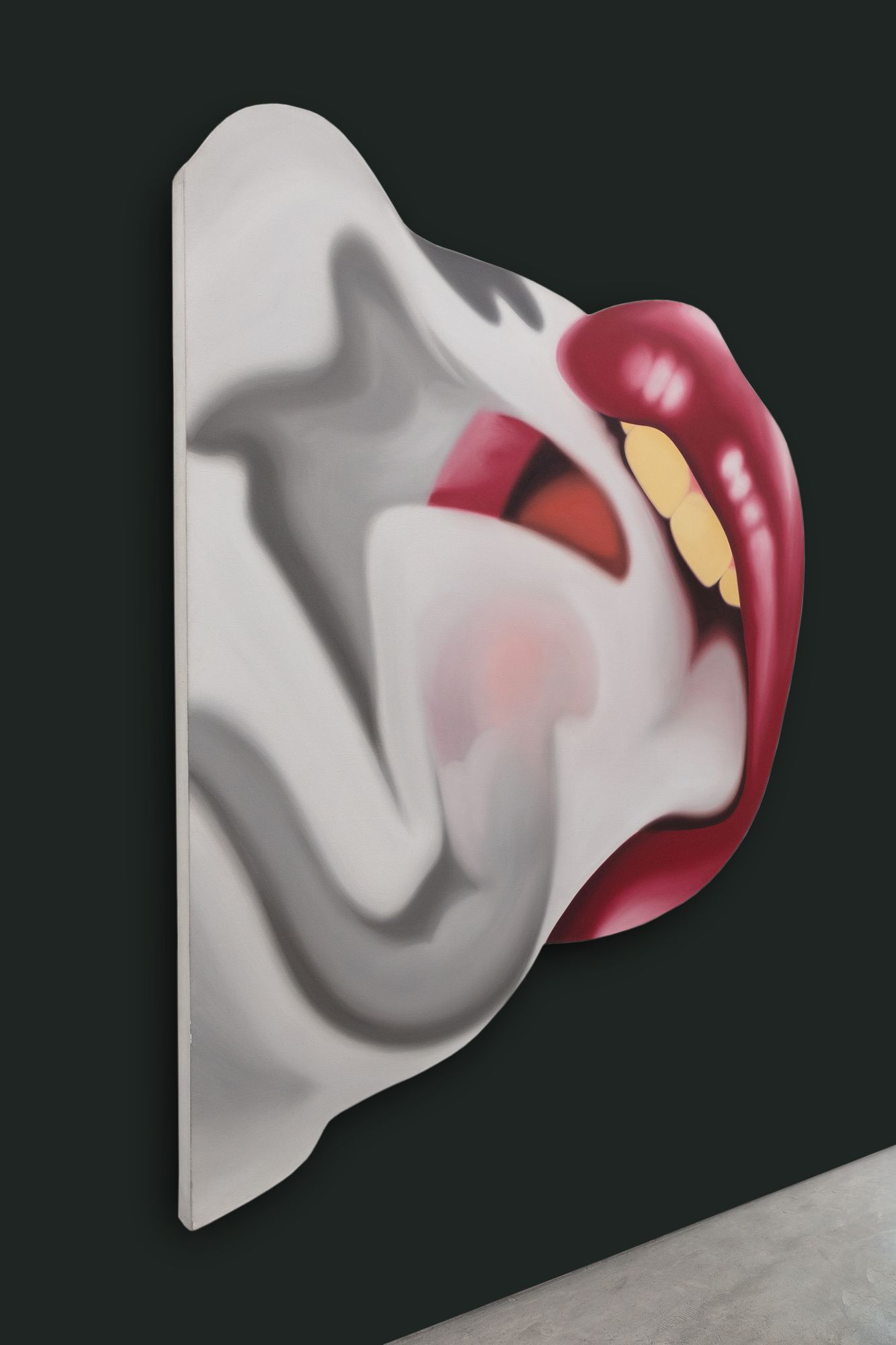
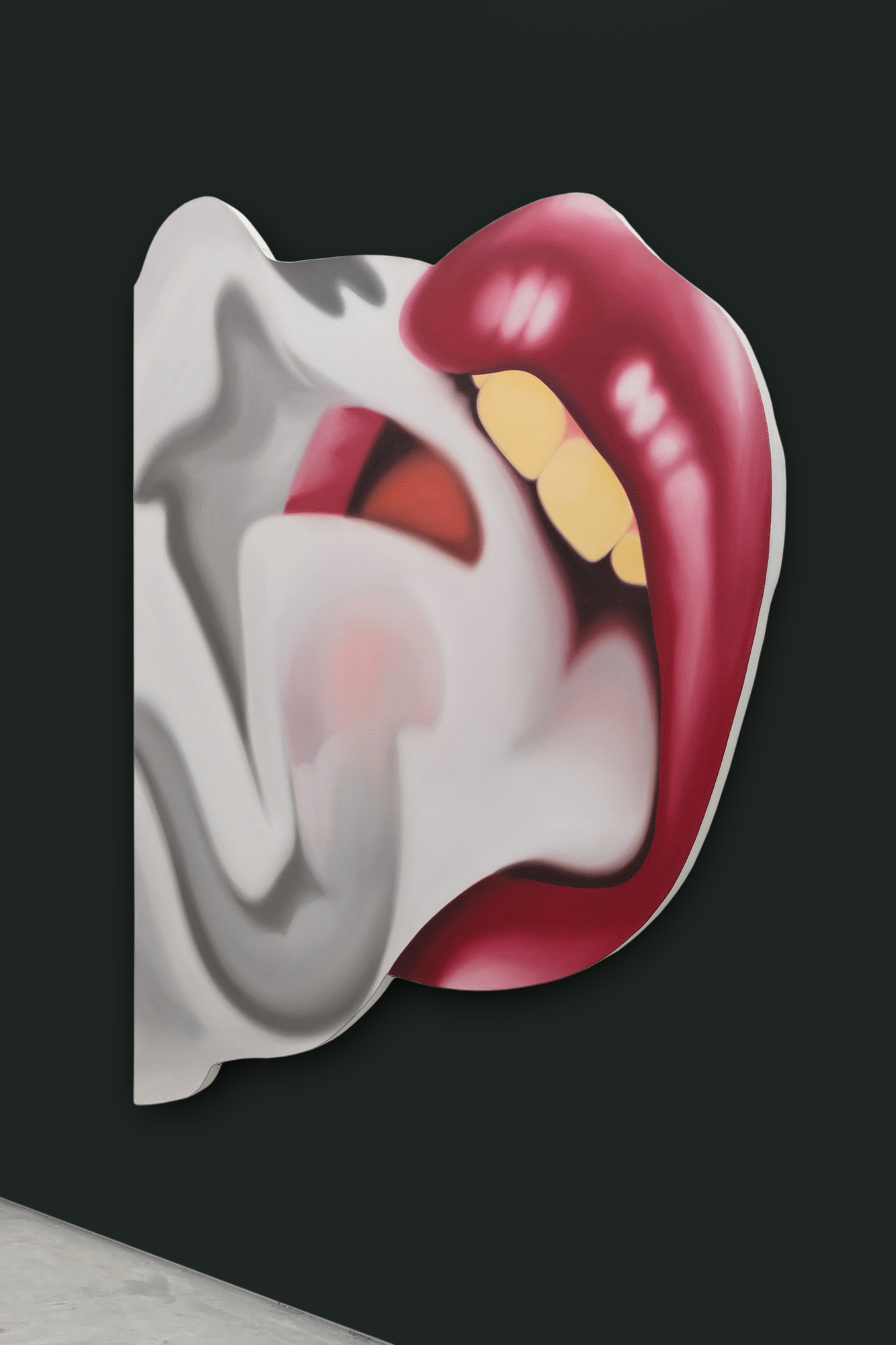
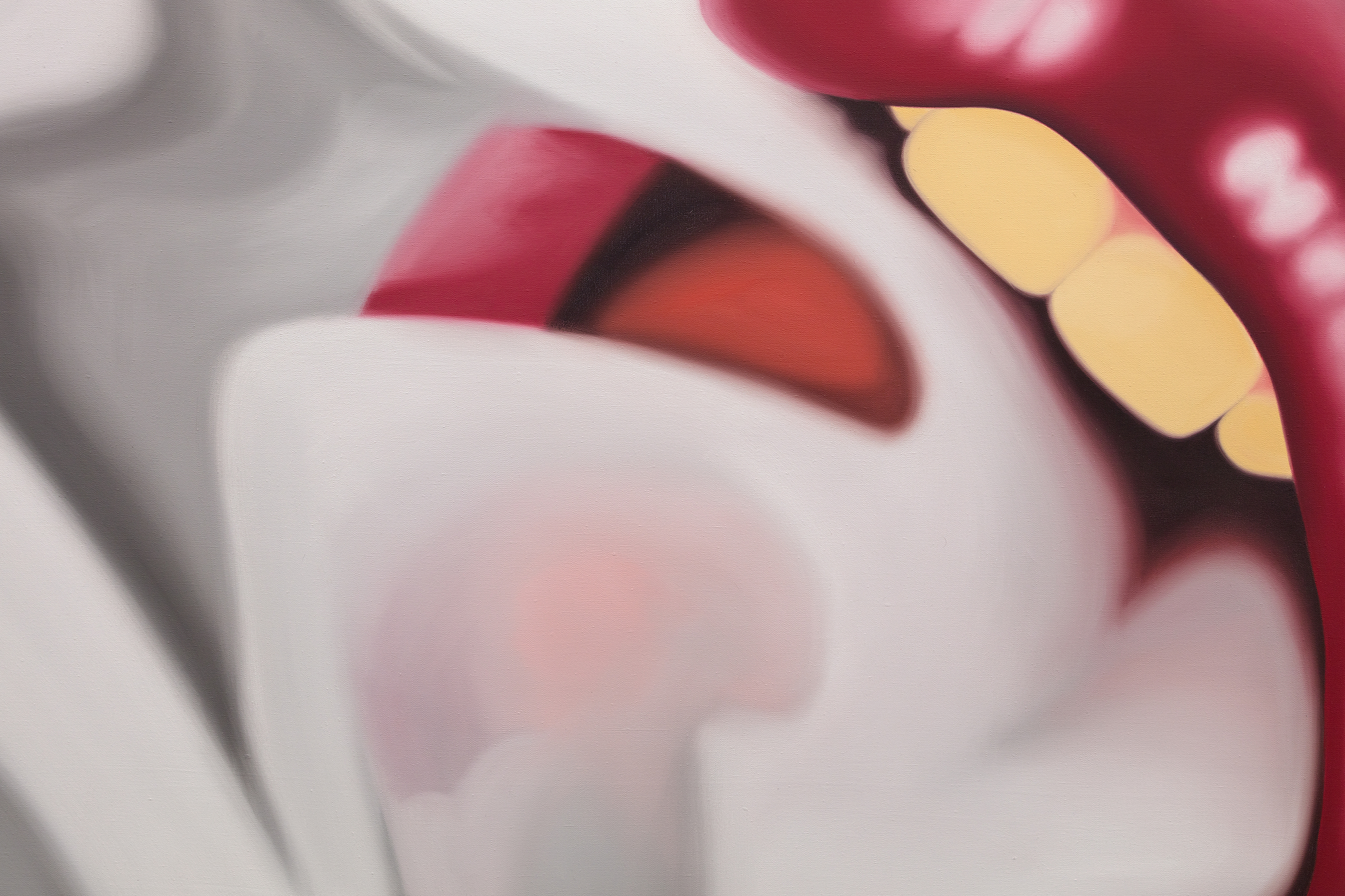
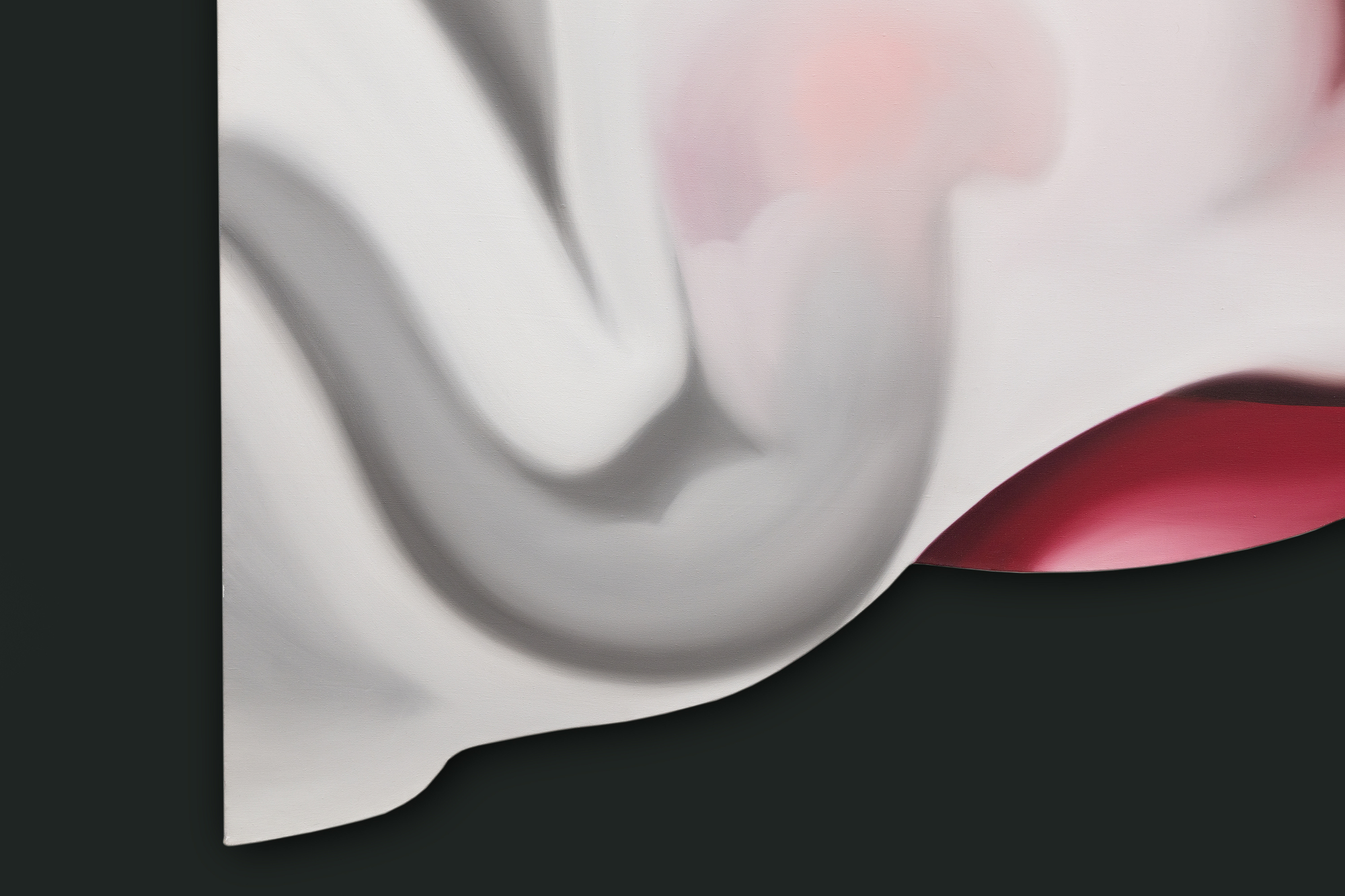
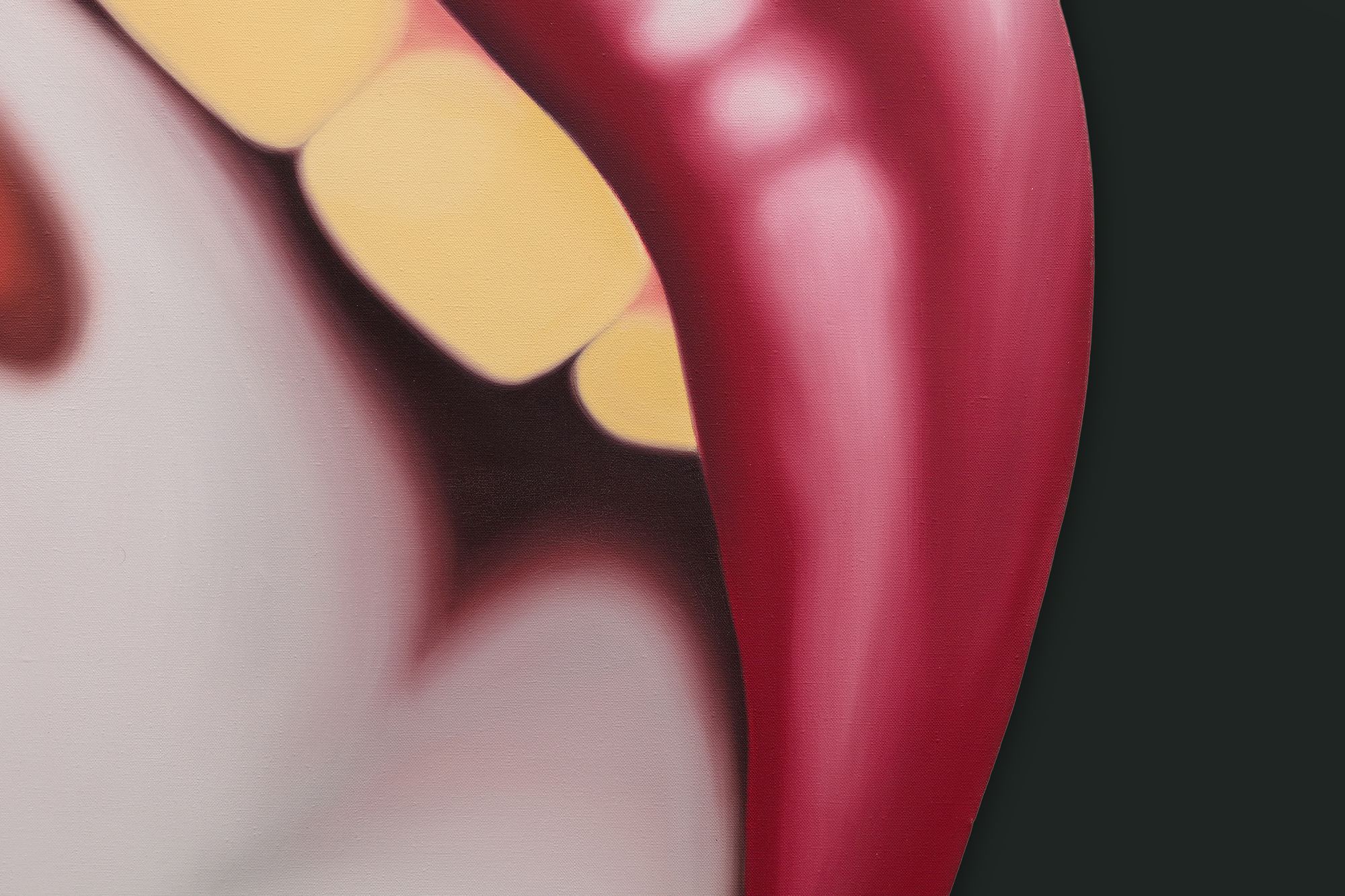
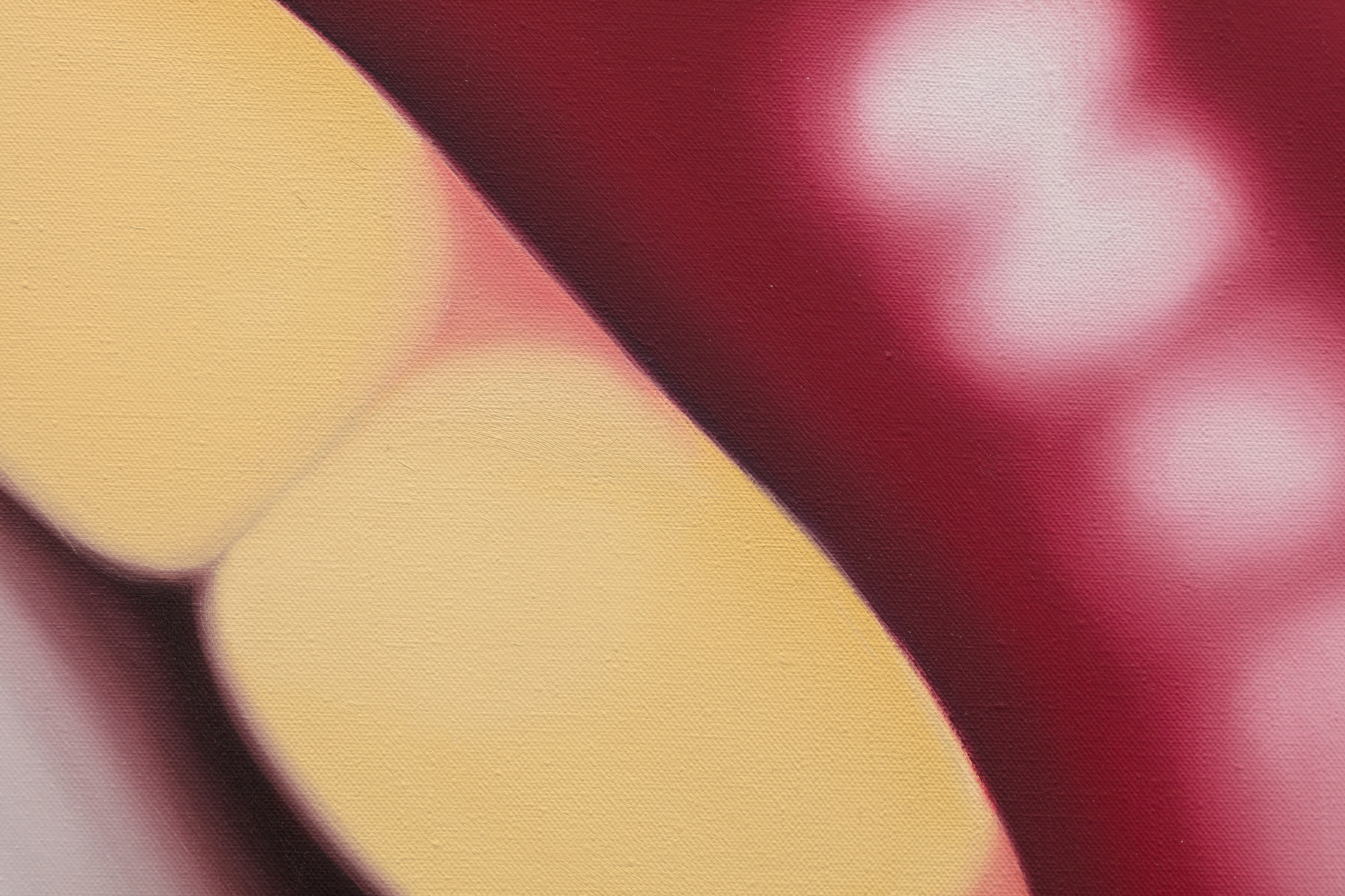
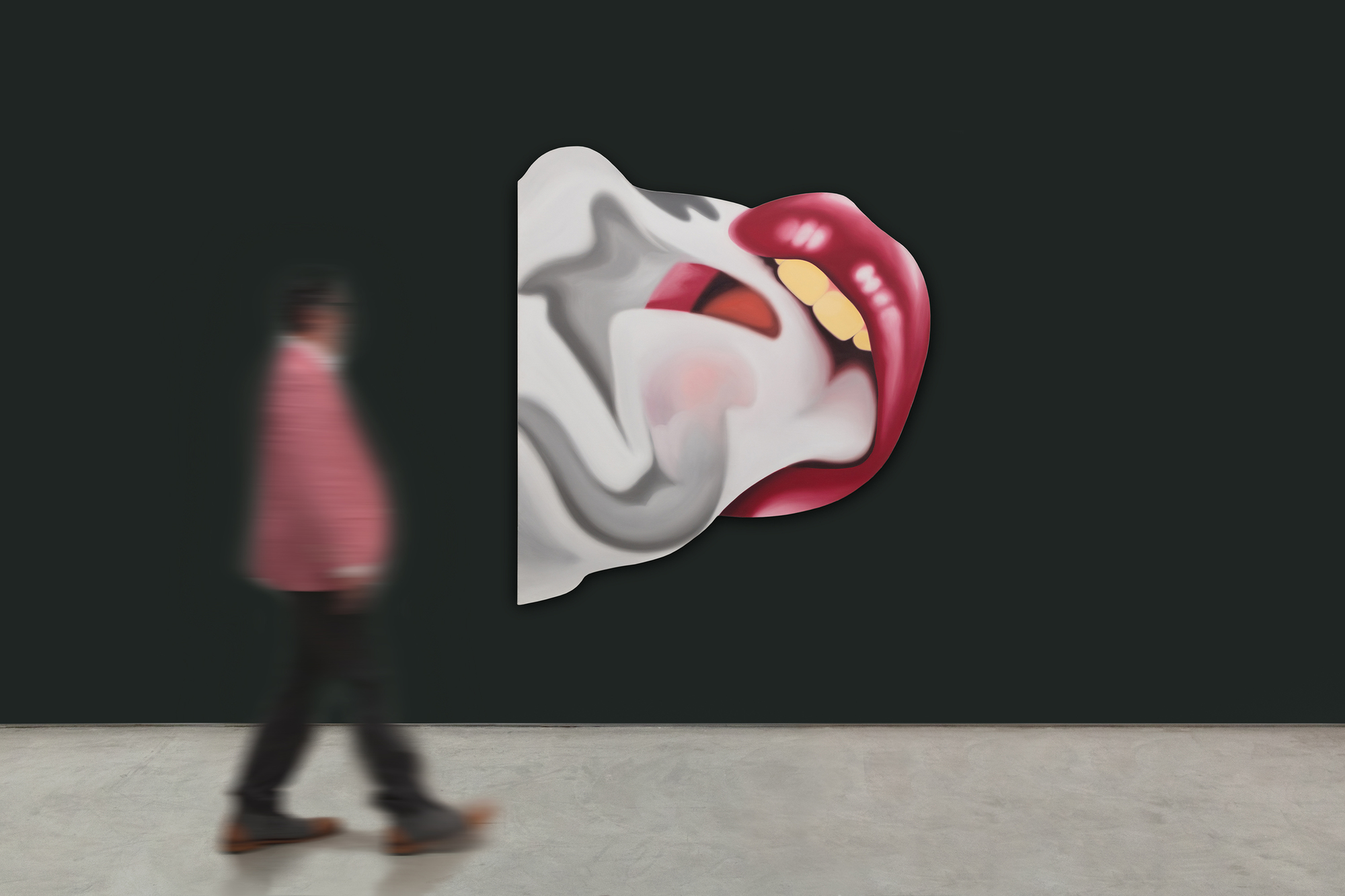
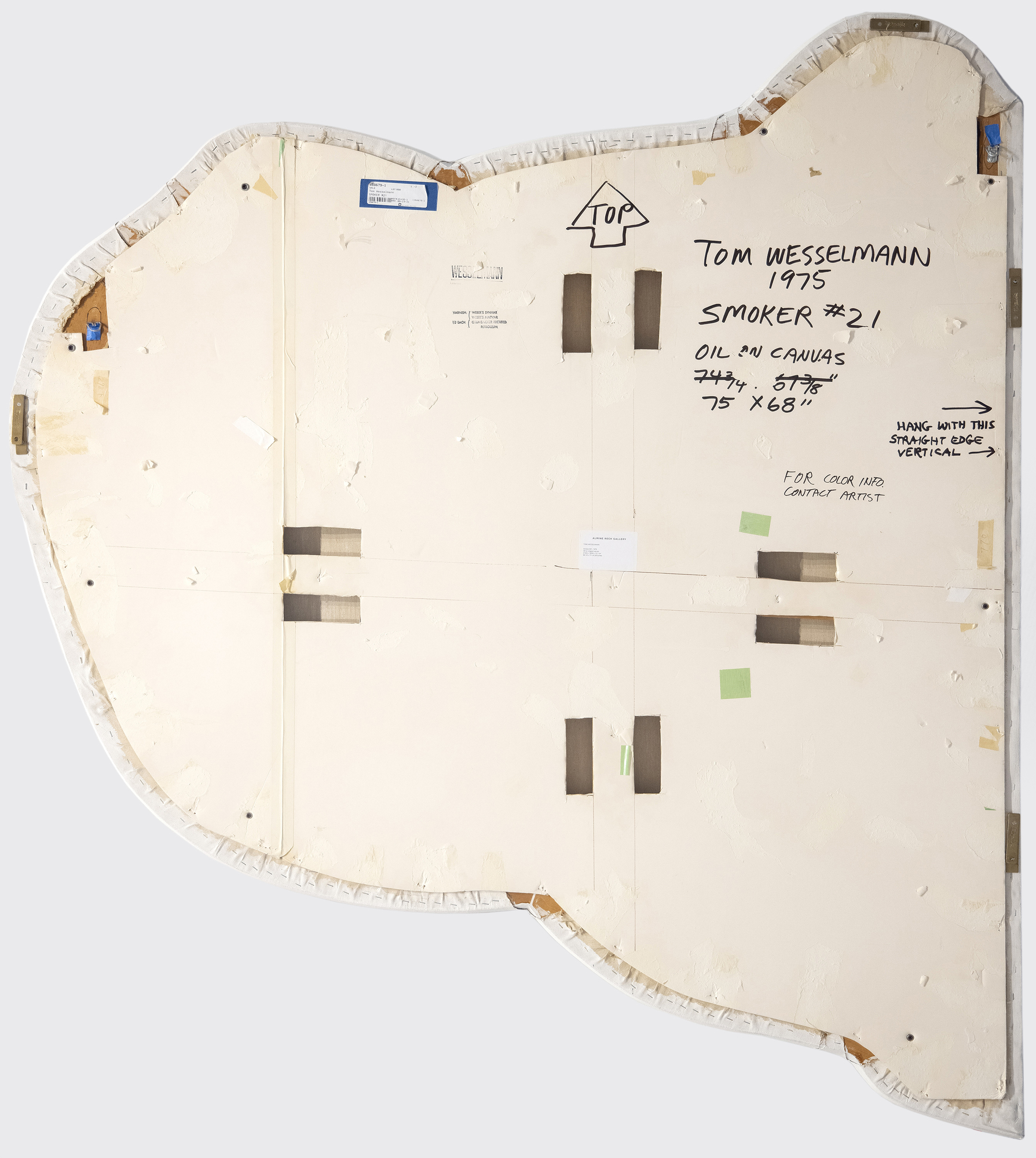
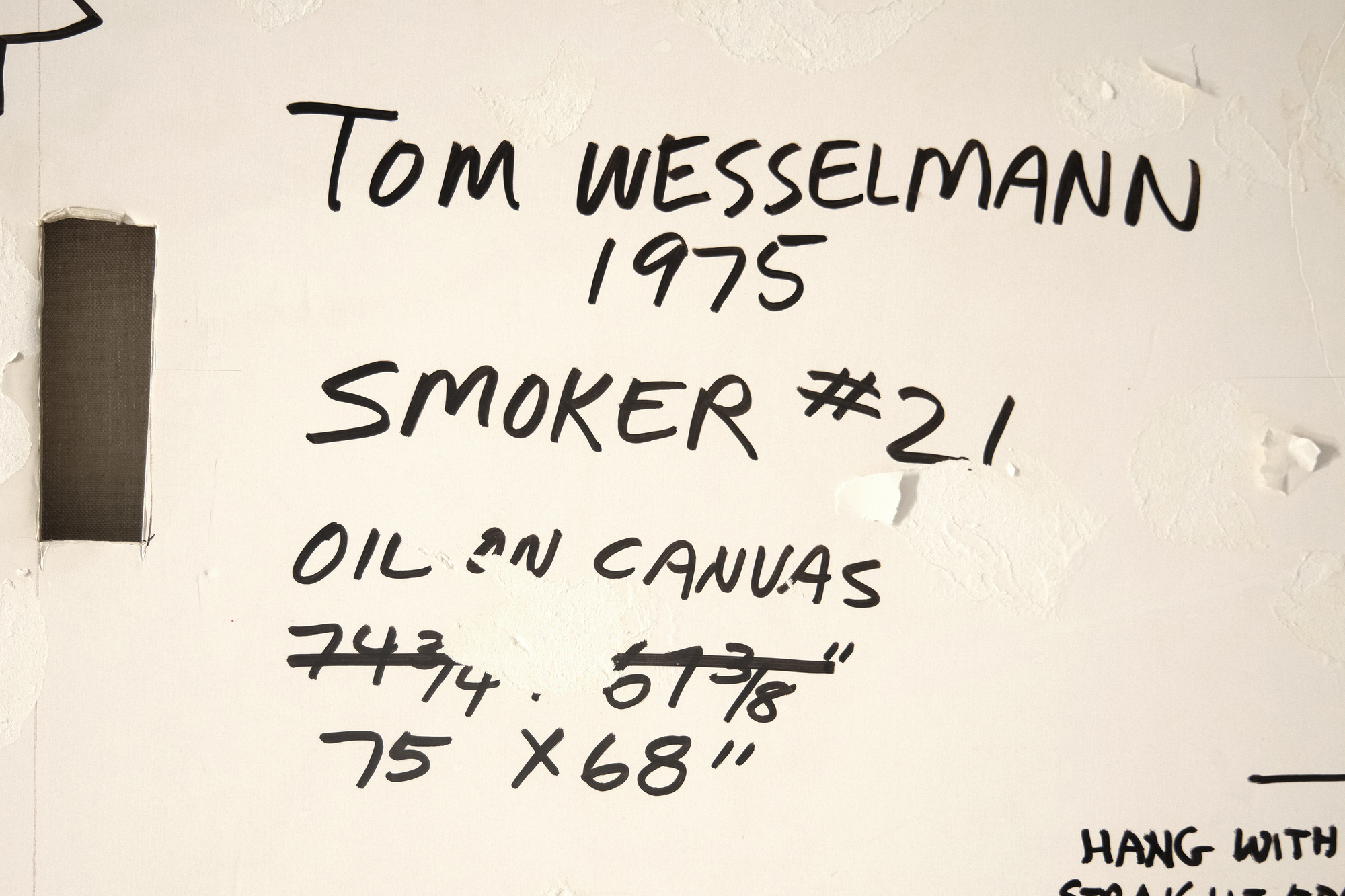
Provenance
Succession de Tom Wesselmann, New YorkGalerie Robert Miller, New York
Collection privée, Japon, acquise auprès de la personne susmentionnée, 2006
Collection privée de Yusaku Maezawa, Japon, acquise à partir de l'œuvre ci-dessus, 2012
Sotheby's New York : Vente du soir d'art contemporain, 18 mai 2017, lot 28
Collection privée, acquise lors de la vente ci-dessus
Christie's Londres : Vente du soir 20e/21e siècle, mardi 28 juin 2022, lot 73
Heather James Fine Art
Collection privée, acquise auprès de la personne susmentionnée
Exposition
New York, Galerie Sidney Janis...Plus.....New Paintings by Tom Wesselmann, avril-mai 1976, no. 9Littérature
Slim Stealingworth, Tom Wesselmann (New York : Abbeville Press, 1980), pp. 49, 52.Wildenstein Plattner Institute, Inc. Tom Wesselmann Digital Corpus, édité et compilé pour le Tom Wesselmann Digital Catalogue Raisonné Project, digitalprojects.wpi.art/wesselmann, numéro d'enregistrement. M39
...MOINS.....
Faits importants
- Actuellement, une importante rétrospective de l'œuvre de Wesselmann, Pop Forever, Tom Wesselmann &..., est présentée à la Fondation Louis Vuitton à Paris, du 17 octobre 2024 au 24 février 2025. Elle attire une attention considérable sur l'artiste.
- Au total, 45 œuvres façonnées ont été réalisées pour la série Mouth de Wesselmann, dont 31 étaient des Smokers.
Histoire
S'étant involontairement inséré dans la conversation sur le Pop Art avec son Grands Nus AméricainsTom Wesselmann a passé le reste de sa carrière à expliquer que sa motivation n'était pas de se concentrer excessivement sur un sujet ou de générer un commentaire social, mais plutôt de donner forme à ce qui le titillait le plus comme étant beau et excitant. Sa série desBouches désincarnées de 1965 a établi qu'une image n'avait pas besoin de s'appuyer sur des éléments étrangers pour communiquer un sens. Mais ce sont ses performances ultérieures avec la sérieSmoker et son allure séduisante et fétichiste qui ont élevé son statut parmi les véritables sybarites du monde entier. Outre le fait que fumer est perçu comme cool et chic, une peinture telle que Smoker #21 est la célébration consommée des capacités de Wesselmann en tant que peintre. Séduit par la fumée ondulante, Wesselmann s'est efforcé de décrire avec précision ses mouvements sinueux et d'observer les pauses momentanées qui lui ont permis d'apprécier davantage sa nature sensuelle. Comme toutes les œuvres de Wesselmann à l'échelle prodigieuse, Smoker #21 a la présence imposante d'un retable. Elle a été réalisée pendant de longues heures dans son impressionnant studio de Manhattan, à Cooper Square, et le résultat est d'un dynamisme sulfureux - évocateur, sensuel, séduisant, élégant, luxuriant et peut-être même sinistre - une peinture qui affiche sa suprématie graphique et son réalisme puissant, vernis avec son flair sex-appeal breveté.
Source Images
Tom Wesselmann s'est appuyé sur le succès de ses Grands nus américains en se concentrant sur les caractéristiques singulières de ses sujets et a commencé à peindre sa série debouches en 1965. En 1967, Peggy Sarno, une amie de Wesselmann, s'est arrêtée pour fumer une cigarette alors qu'elle posait pour la série des bouches de Wesselmann, ce qui lui a inspiré ses tableauxSmoker. Les chuchotements de la fumée étaient difficiles à peindre et Wesselmann a dû utiliser des photographies comme source d'inspiration pour saisir correctement la nature éphémère de la fumée. Les images ici montrent Wesselmann photographiant son amie, la scénariste Danièle Thompson, alors qu'elle posait pour certaines des images sources de Wesselmann.
Les meilleurs résultats aux enchères
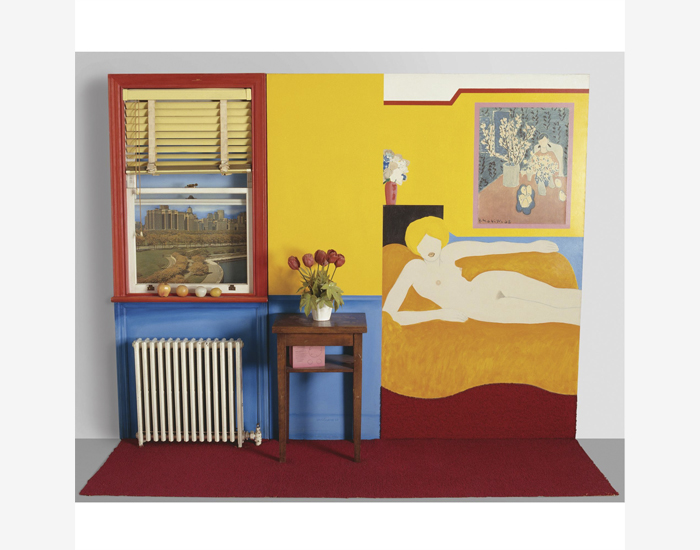
Le "Grand nu américain no. 48" (1963) a été vendu pour 10 681 000 dollars.
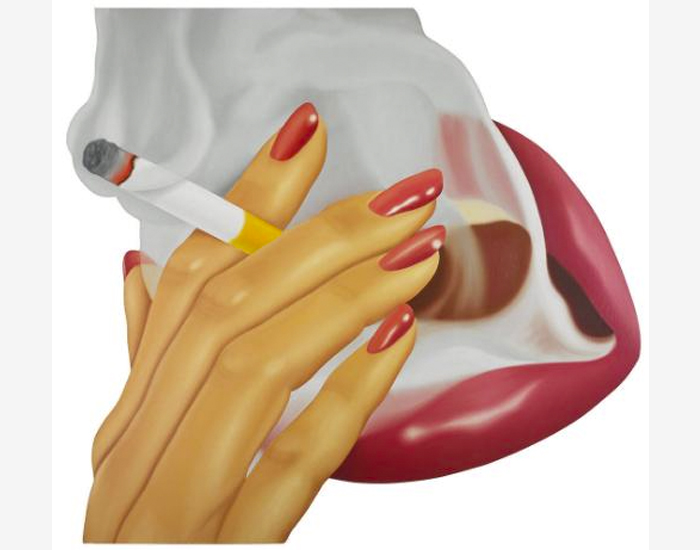
"Smoker #9" (1973) vendu pour 6 761 000 $.

"Smoker #17" (1973) vendu pour 5 864 000 $.
Tableaux comparables vendus aux enchères

"Smoker #9" (1973) vendu pour 6 761 000 $.

"Smoker #17" (1973) vendu pour 5 864 000 $.

Smoker #5 (Bouche #19) (1969) vendu pour 4 703 900 $.
Peintures dans les collections des musées
Musée d'art moderne, New York
Institut d'art de Minneapolis
Musée d'art de Dallas
High Museum of Art, Géorgie
Musée d'art américain Crystal Bridges, Arkansas
Musée d'art Cranbrook, Michigan
Nasjonalmuseet, Norvège
Musée préfectoral d'art et de design de Toyama, Japon
Authentification
Smoker #21 est incluse dans le catalogue raisonné en ligne des œuvres de Tom Wesselmann par le comité Wesselmann du Wildenstein Plattner Institute, enregistrée sous le numéro M39.
Galerie d'images
Ressources supplémentaires
demander
Autres œuvres de Tom Wesselmann
Vous pouvez également aimer





































